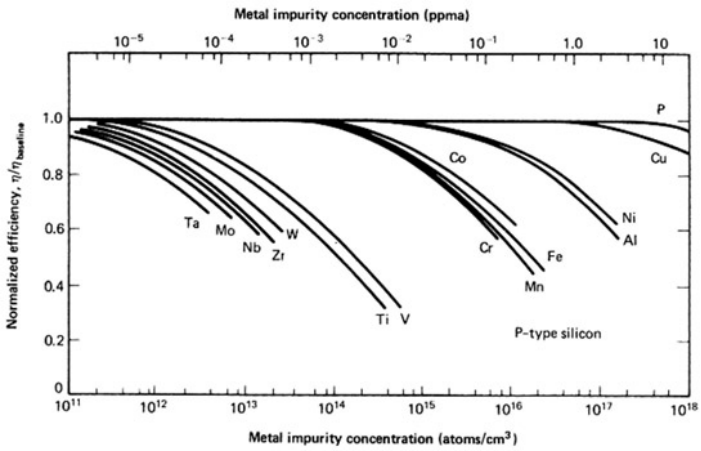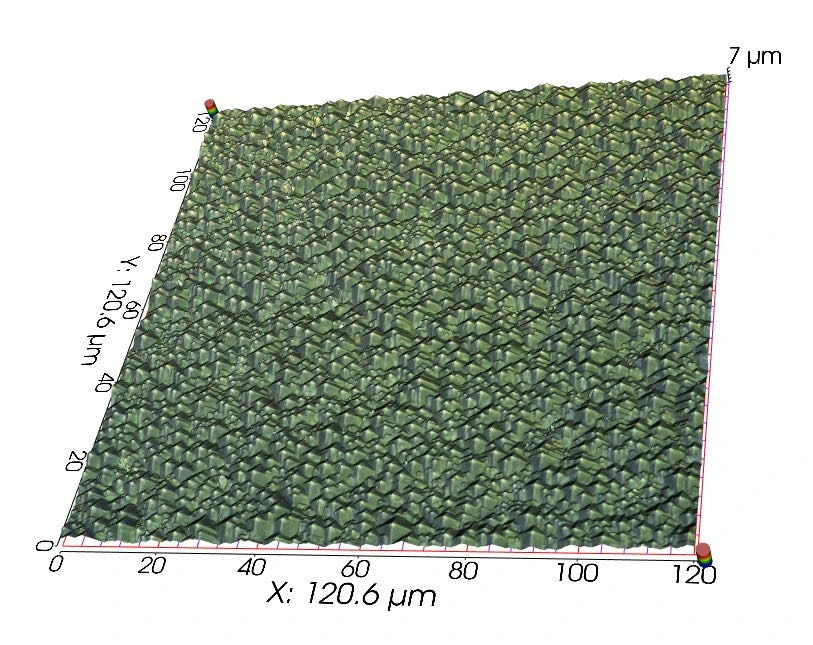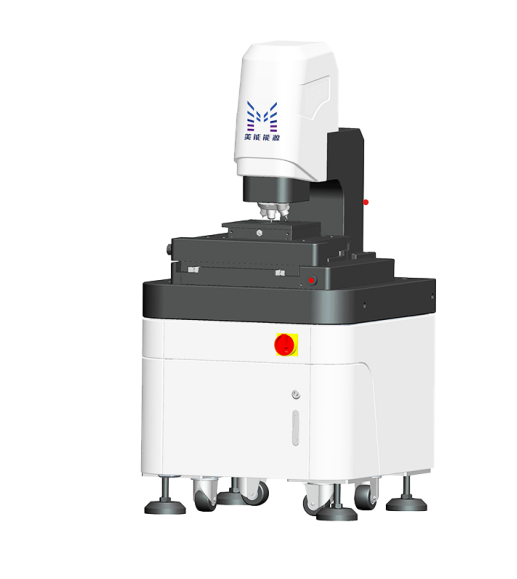
量子效率测试仪
PL/EL一体机
Sinton硅片少子寿命测试仪
Sinton硅块少子寿命测试仪
绒面反射率测试仪
3D共聚焦显微镜
清洗制绒工作站
在线四探针方阻测试仪
全自动扫描四探针方阻测试仪
在线薄膜厚度测试仪
晶化率测试仪
Horiba显微共焦拉曼光谱仪
傅里叶红外光谱仪
霍尔效应测试仪
分光光度计
全光谱椭偏仪
Horiba椭圆偏振光谱仪
TLM接触电阻率测试仪
超景深显微镜
网版智能影像测量仪
全自动影像测量仪
卧式拉力机
电池片稳态光衰老化试验箱
电池片紫外老化试验箱
电池片拉脱力综合测试仪
外观检验台
湿漏电测试系统
组件实验室EL测试仪
紫外老化试验箱
稳态光衰老化试验箱
电流连续性监测系统
PID测试系统
旁路二极管测试系统
LeTID测试系统
反向电流过载系统
脉冲电压测试系统
绝缘耐压测试仪
接地连续性测试仪
绝缘耐压接地测试仪
湿热环境试验箱
湿冻环境试验箱
热循环试验箱
动态机械载荷测试机
静态机械载荷测试机
冰雹冲击试验机
引出端强度试验机
霰弹冲击试验机
抗划伤(切割)测试机
剥离试验机
万能材料试验机(单臂)
万能材料试验机(双臂)
光伏玻璃透过率测试仪
醋酸测试试验箱
交联度测试系统
二极管接线盒综合测试仪
落球冲击试验机
半自动四探针
全自动探针式台阶仪
多通道太阳能MPPT系统
Horiba稳瞬态荧光光谱仪
钙钛矿P1激光划线测试仪
钙钛矿在线膜厚测试仪
钙钛矿工艺检测工作站
手持式IV测试仪
便携式EL测试仪
手持热成像测试仪
户外组件IV测试仪
户外组件多通道测试系统
光伏逆变器电能质量测试仪
无人机EL检测仪
从清洗到制绒:美能3D共聚焦显微镜在光伏电池制造中的质量保证角色
日期:2024-04-17浏览量:10
在光伏电池的生产过程中,清洗制绒工艺是至关重要的一环,其主要目的是提升电池的光电转换效率。这一过程涉及两个关键步骤:清洗和制绒,每一步都对最终产品的性能有着深远的影响。美能3D共聚焦显微镜在这一工艺中表现卓越,能够精确测量硅片经制绒后的微结构,如绒面的高度、均匀性和粗糙度等关键参数。该设备的高精度测量功能帮助制造商优化制绒过程,减少生产缺陷,从而提升生产效率和电池的光电转换效率。得益于其卓越性能和可靠性,美能3D共聚焦显微镜已经赢得了广泛好评,并成为众多光伏企业的首选检测设备。

清洗制绒工艺的基本原理
首先,清洗步骤是整个生产过程的基础。在制绒之前,必须彻底清洗硅片,以去除其表面的所有污染物,包括灰尘、油脂和其他微粒。这些污染物如果不被清除,将会严重影响后续制绒步骤的效果,甚至可能导致电池效率的整体下降。

金属杂质对电池性能的影响
清洗工艺通常涉及以下几个步骤:
•预清洗:使用去离子水或轻微的表面活性剂水溶液,通过喷淋或浸泡的方式,去除硅片表面的大部分粗大污染物。
•化学清洗:采用酸、碱溶液进行更深层次的清洗。常用的化学剂如氢氟酸和硝酸混合溶液,可以有效地去除硅片表面的氧化层和有机污染物。
•超声波清洗:在化学清洗后,使用超声波技术在水浴中进一步分散和去除微小的颗粒污染物,确保硅片表面的清洁度达到最高标准。
这些方法能有效去除硅片表面的污染层和氧化层,为下一步的制绒工艺创造一个干净且均匀的表面

电子显微镜下的多晶硅表面绒面效果
接下来的制绒工艺,是通过在硅片表面形成微小的绒面结构来增强光伏电池的性能。这种绒面结构实际上是微小的凹凸不平,可以增加光在硅片内的反射和折射,从而延长光在硅晶内部的行程。这一效应被称为“光陷阱”,它允许更多的光被硅片吸收,从而转换成电能。绒面结构通过以下方式形成:
•湿法腐蚀:使用化学腐蚀法,在硅片表面形成微米级的金字塔形结构。这些结构可以增加光在硅片内的反射和折射,形成所谓的“光陷阱”,有效延长光在硅晶内部的行程。
•干法腐蚀:使用等离子体技术,可以在硅片表面形成更均匀和规则的绒面结构,进一步优化光的吸收和转换效率。



较为理想的绒面效果图
有效的绒面结构可以显著减少表面光的反射率,使得光能更有效地被硅片吸收,最终提高了电池的光电转换效率。
通过精确控制清洗和制绒的条件,如化学药剂的浓度、处理时间、温度等,可以优化这些表面结构的形成,确保硅片的表面达到最佳的光电性能。因此,清洗和制绒不仅是制造过程中的基础步骤,也是优化光伏电池性能的关键环节。
美能3D共聚焦显微镜在质量控制中的应用
美能3D共聚焦显微镜ME-PT3000,在光伏电池的制造过程中扮演着不可或缺的角色,尤其是在清洗和制绒步骤后的质量检测阶段。运用尖端的光学技术,可以非常精确地测量光伏电池片上的陡峭斜面和复杂的表面结构,实时提供详尽的高度和宽度分布数据。通过这种方式,制绒过程中形成的微结构细节——如金字塔形绒面的数量和维度——得以详细分析,确保它们能有效地增加硅片内的光反射和折射,从而延长光路径,增加光生载流子的产生,提高光电转换效率。
美能3D共聚焦显微镜

联系:400-008-6690
•精确可靠的3D测量,实现实时共聚焦显微图像
• 超高共聚焦镜头,Z轴显示分辨率可达1nm
• 198-39966倍最大综合倍率,精确测量亚微米级形貌
• 全自动光栅绒面测量,快速生成数据
•全面反馈清洗制绒和丝网印刷工艺
美能共聚焦显微镜ME-PT3000不仅是检测和验证工艺的强大工具,还是优化生产流程和提升最终产品质量的关键设备。我们始终致力于为制造商提供强有力的技术支持,为光伏行业发展持续贡献。愿每一片光伏电池片都达到最高的性能标准。




































































